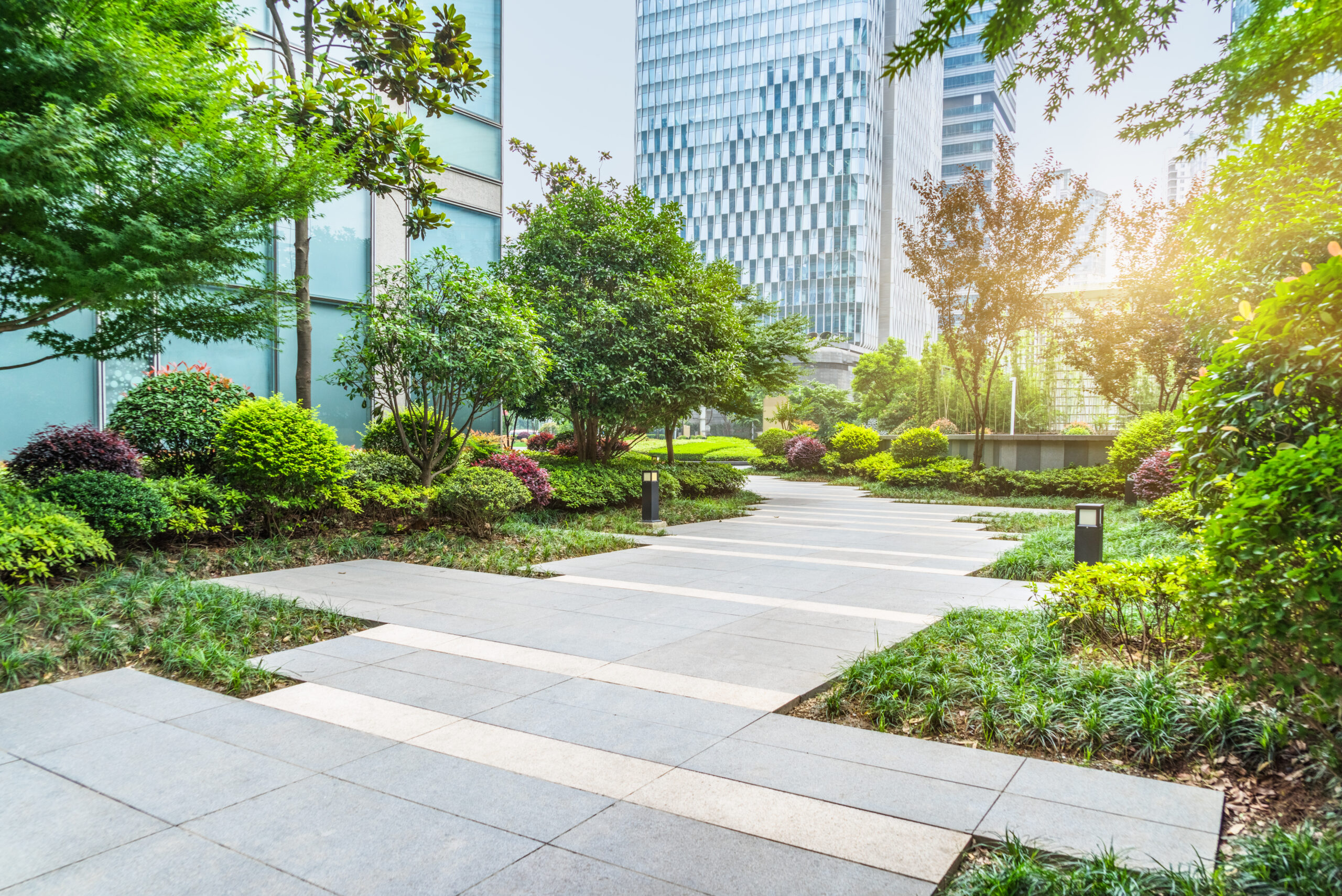News • Apr 18 2024

news • May 24 2023

news • May 24 2023
We tell each other to “stay well,” but lately, we really mean it. From preventative medicine and fitness studios to anti-aging and urgent care centers, health and wellness is a $4.5 trillion business. While the wellness industry has been heating up for years, the COVID-19 pandemic proved to have astronomical effects on it — prioritizing one’s health became an important focus for people that previously didn’t pay much attention.
Flash forward to 2023, and commercial design is taking notice. The spaces we spend our time in are directly related to our ability to live happy, purposeful lives. Here’s a look at how wellbeing plays a valuable role in our environments, and how the commercial design industry can prioritize health and wellness in the future.
In 1986, the World Health Organization (WHO) coined the term “sick building syndrome” after they estimated that 10 to 30% of newly-built office buildings in the West had indoor air problems. These problems range from poor ventilation and pesticides to chronic tobacco smoke and mold– all things that can have devastating effects on the people inside them. Certainly, some of these issues can be remedied by practicing healthy boundaries and taking breaks outside of the workplace. But for some people, that’s not so easy.
In the last 20 years, there has been a tremendous amount of research in urban planning and design around the psychological impacts of an environment on its residents. Simply put, your environment affects your mental and physical health. According to a 2003 study in the Journal of Urban Health, poorly-built housing appears to increase psychological distress. “Personal control, socially supportive relationships, and restoration from stress and fatigue are all affected by properties of the built environment,” the study reads. Whether it’s the office you work in or the stores you frequent, the physical locations in which you spend your time play a role in your wellbeing.
Air, Light & Space
Installing building systems that ensure proper air quality and ventilation will benefit both the physical and mental health of the people inside. You’ve also likely read the multitude of studies on the value of natural light, which have found that regular exposure to daylight is essential to human health and wellness. It’s also possible you’ve heard about how the shape and formation of a building influences the behavior of those inside. In a dark, cramped tunnel, we begin to feel anxious and confined. In a space with plenty of air that’s conducive to movement, we feel freer and unrestrained.
Promoting Healthy Habits
Public spaces, whether a quiet meditation room in a bustling office or an outdoor patio for grabbing coffee, have proven to be extremely popular facilitators for wellness due to their ability to foster community and inspire creativity. But the integration of wellbeing also depends on the habits it promotes for its residents. For instance, consider the installation of high-quality water stations throughout an office space. On a larger scale, think about a space’s layout that requires people to increase their step count by getting up and walking around, rather than remaining stationary all day long.
Conscious Color Choices
The choice of colors in a physical space can also play a role in people’s behavior and emotional state. Experts have even determined that color can influence your productivity level. “This is why employers have become more mindful, not just of workplace design as a whole, but specifically ways in which spaces are outfitted to support employee efficiency as well as happiness,” Lasse Karvinen, head of product at Framery, a Finnish company that makes silent work “pods” for noisy open-space offices, told Forbes.
Biophilic Design
The inclusion of plants, water elements, green space and natural imagery, all components of biophilic design, can also reduce stress and increase creativity. Studies have shown that designing school settings that provide a satisfying experience of nature and enhance well-being could be beneficial for children and teachers. That same satisfying experience can extend into commercial spaces. Maybe it’s choosing certain materials, such as bamboo and stainless steel, that are known to promote wellness rather than hinder it. Perhaps it’s constructing a space with non-toxic paints or green insulation materials that don’t include chemical flame retardants. It could even be the use of organic shapes, which are said to lead to calm effects.
Consumers are already particularly conscious about the foods they put in their bodies and the materials they wear. Now, there’s a growing recognition of creating settings that bring the same approach to the built environment, and it will soon be extremely sought after in a commercial setting. We know the way a building is constructed plays a role on the individuals inside it, and it’s the responsibility of the commercial design industry to take this knowledge into the future when working to create new environments.
Stay tuned for part two of this series, in which we discuss solid examples of venues that have successfully implemented wellness into design, and how significantly wellness will play a role in the commercial design industry of the future.
News • Apr 18 2024
News • Apr 02 2024
Generis Collective can be your single point of contact for all your property development needs- providing leadership across every stage of your project and managing all moving parts. Let’s connect and start transforming your guest experience.